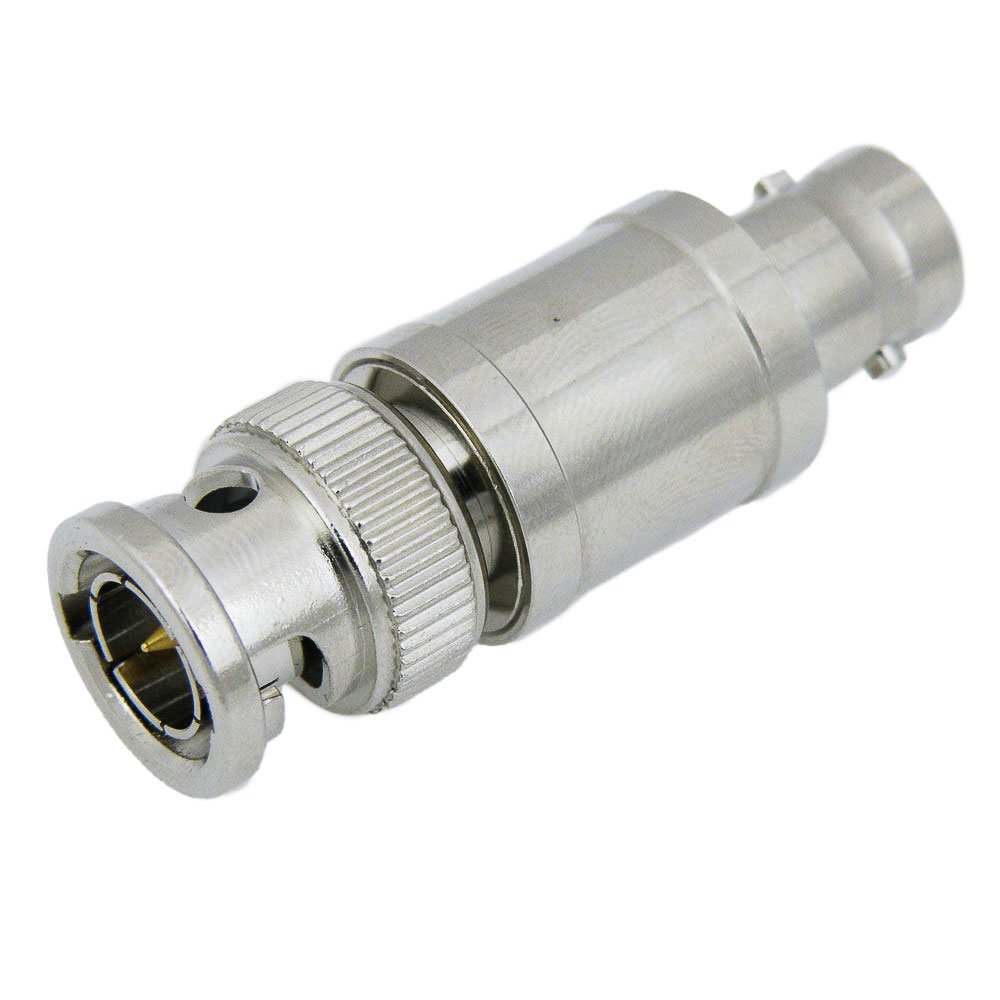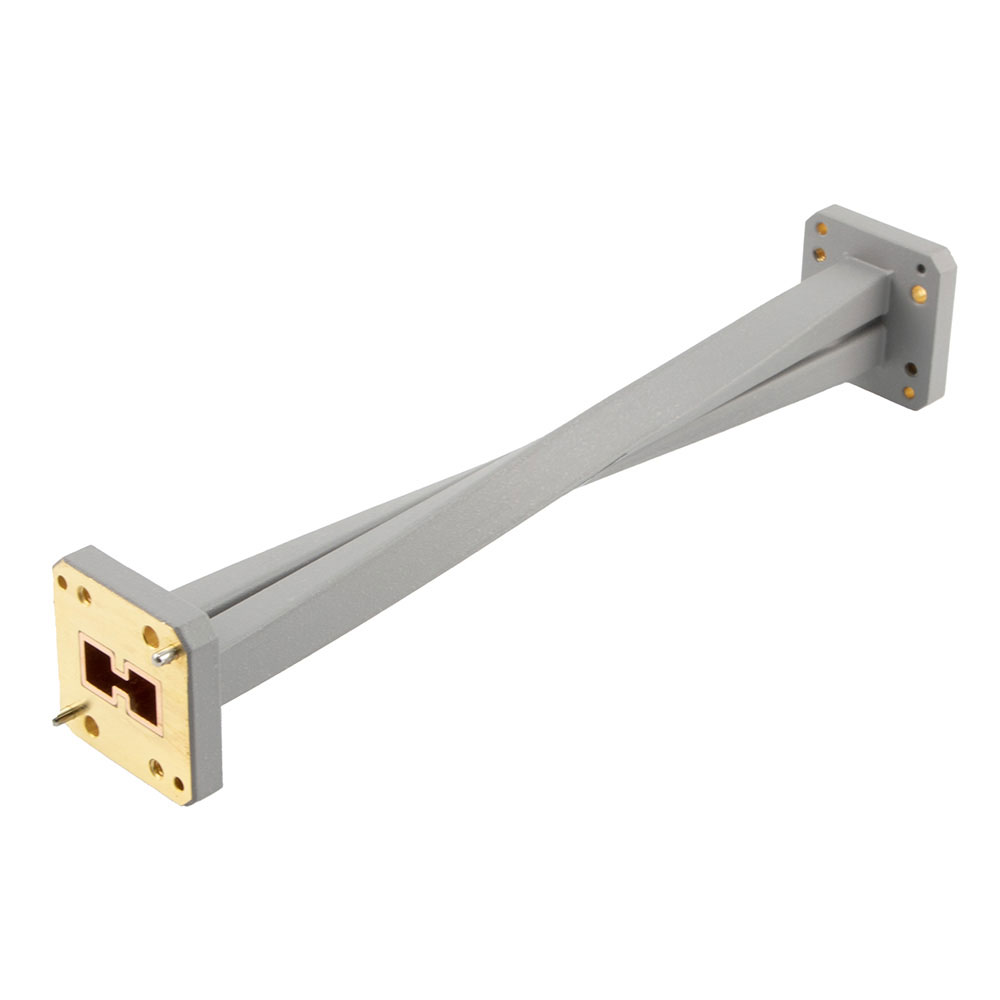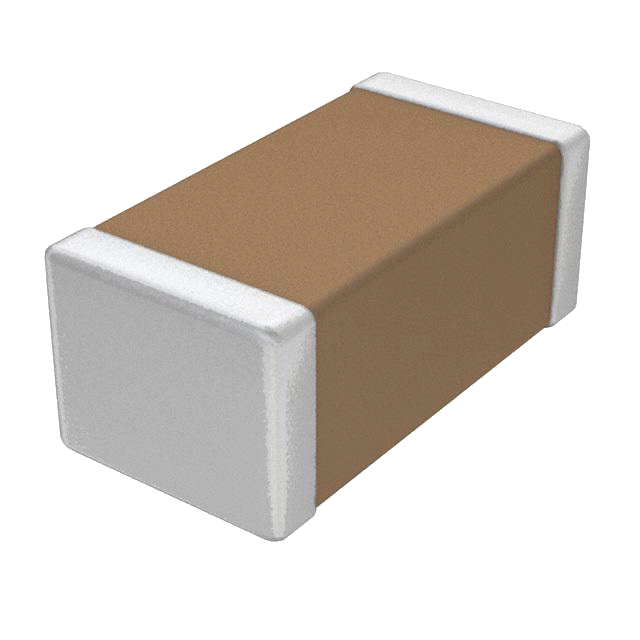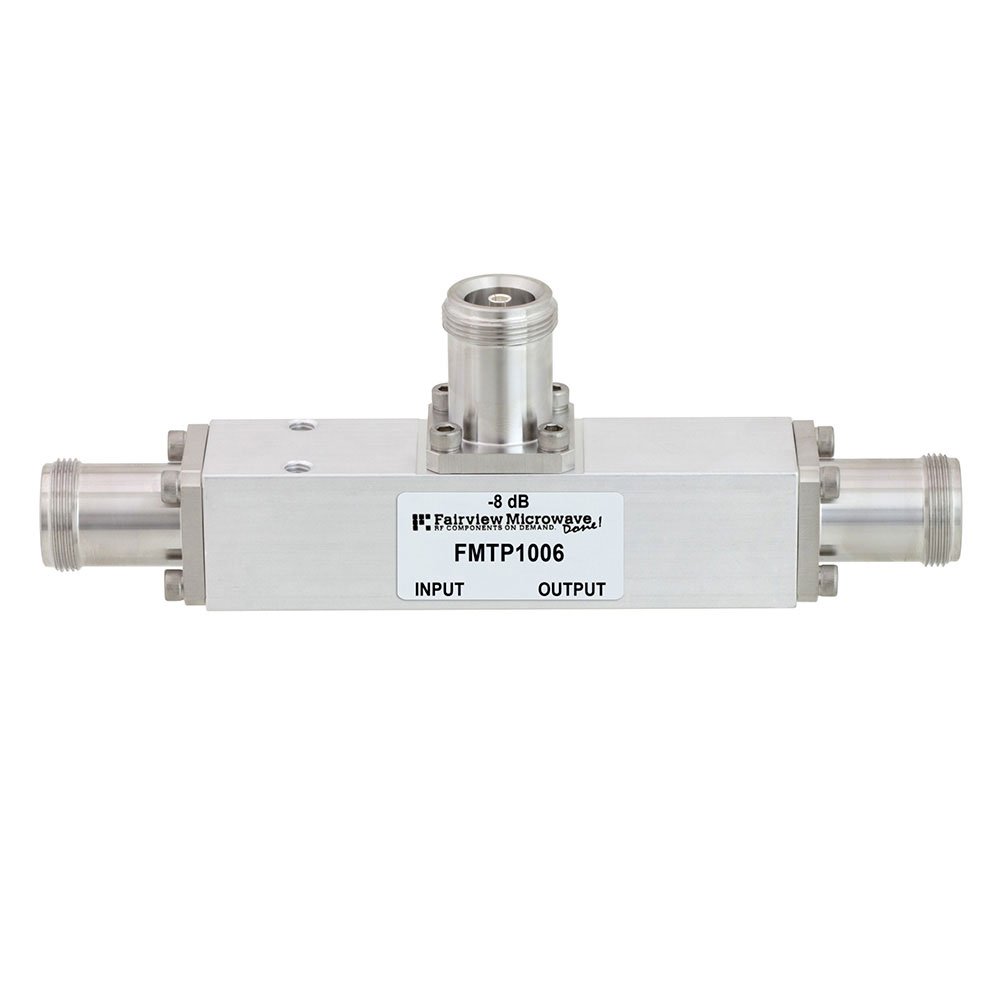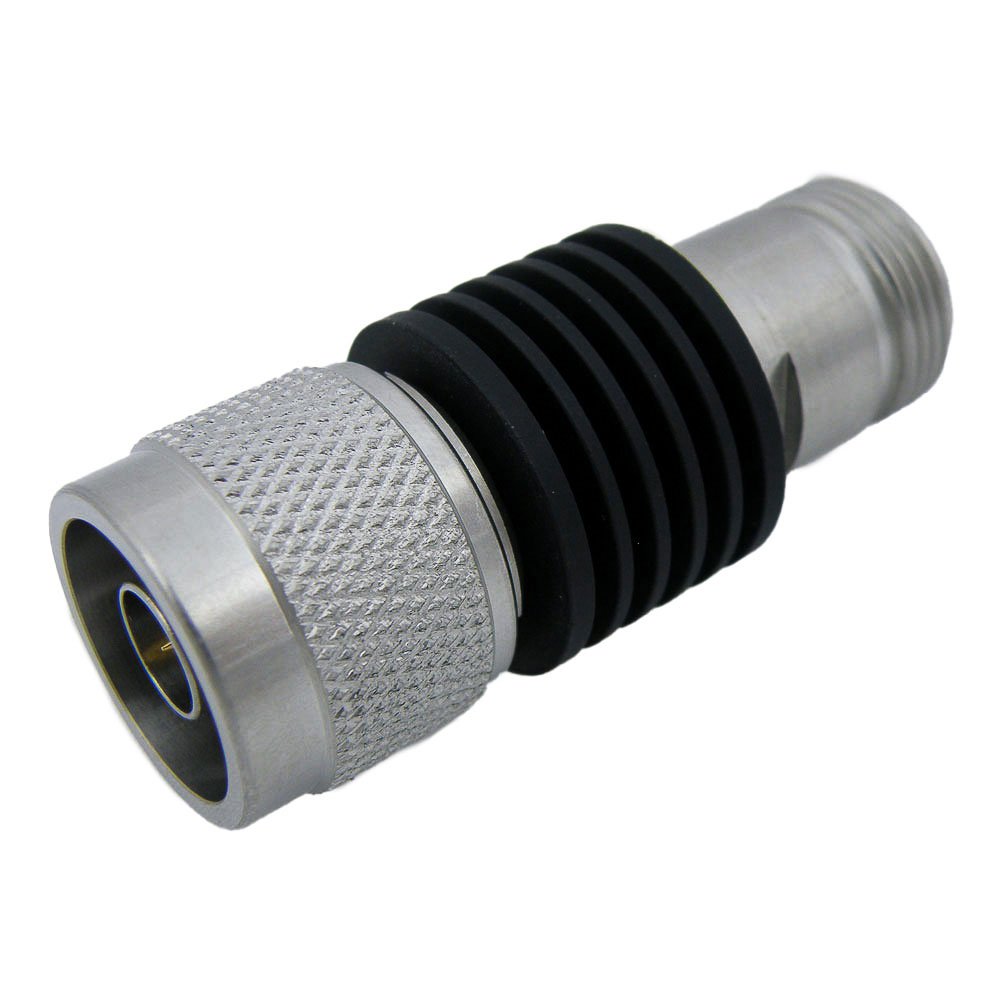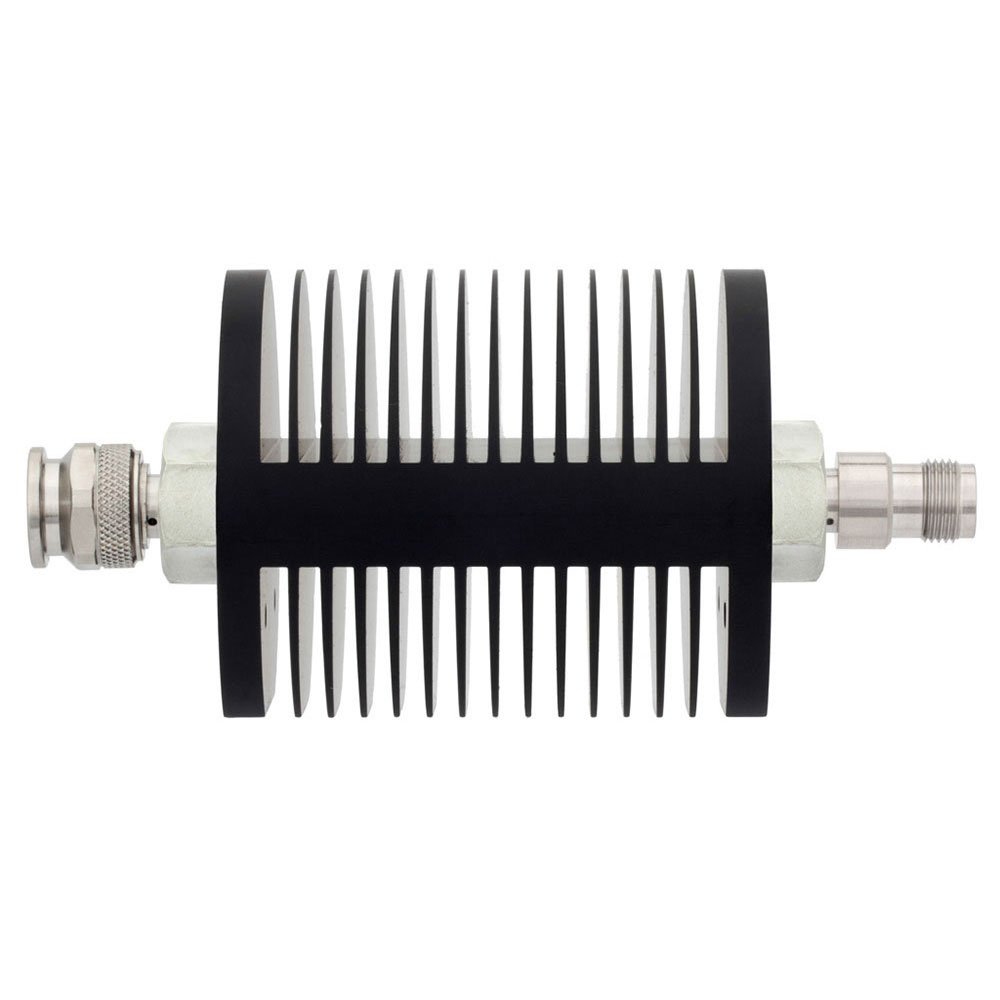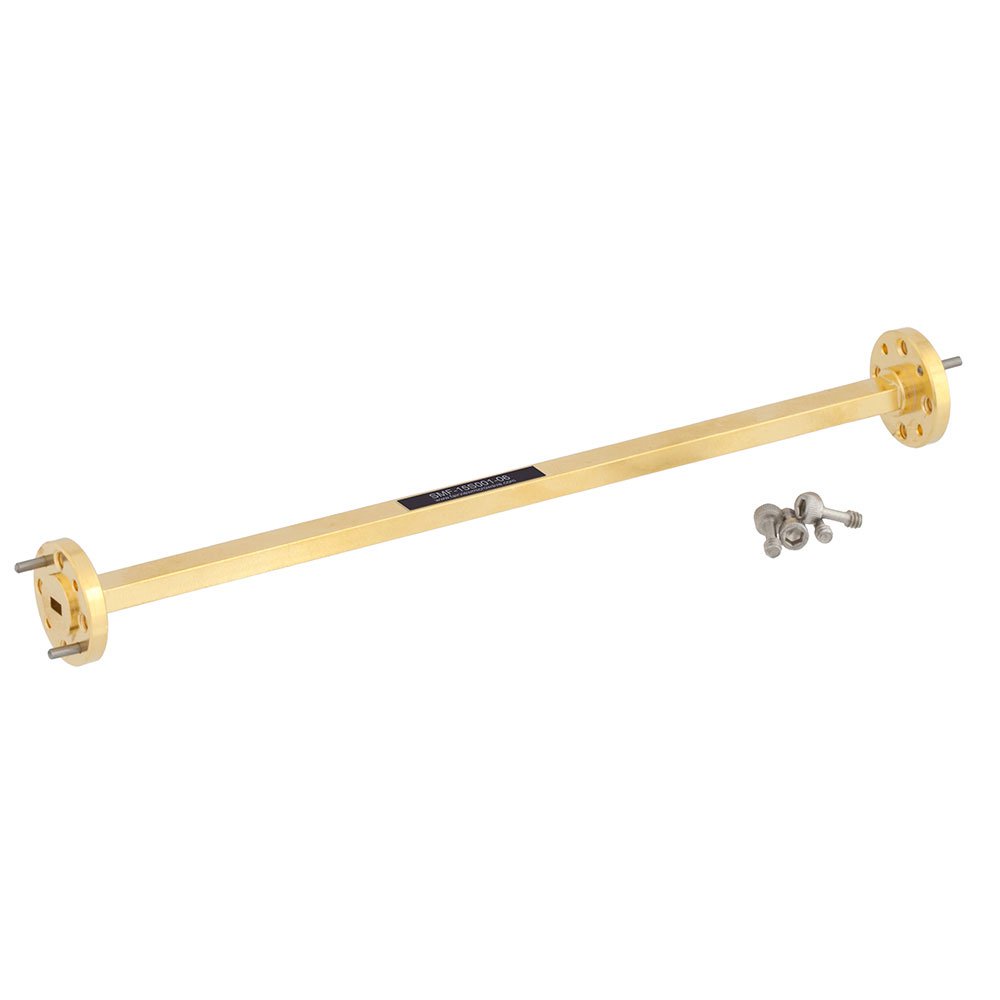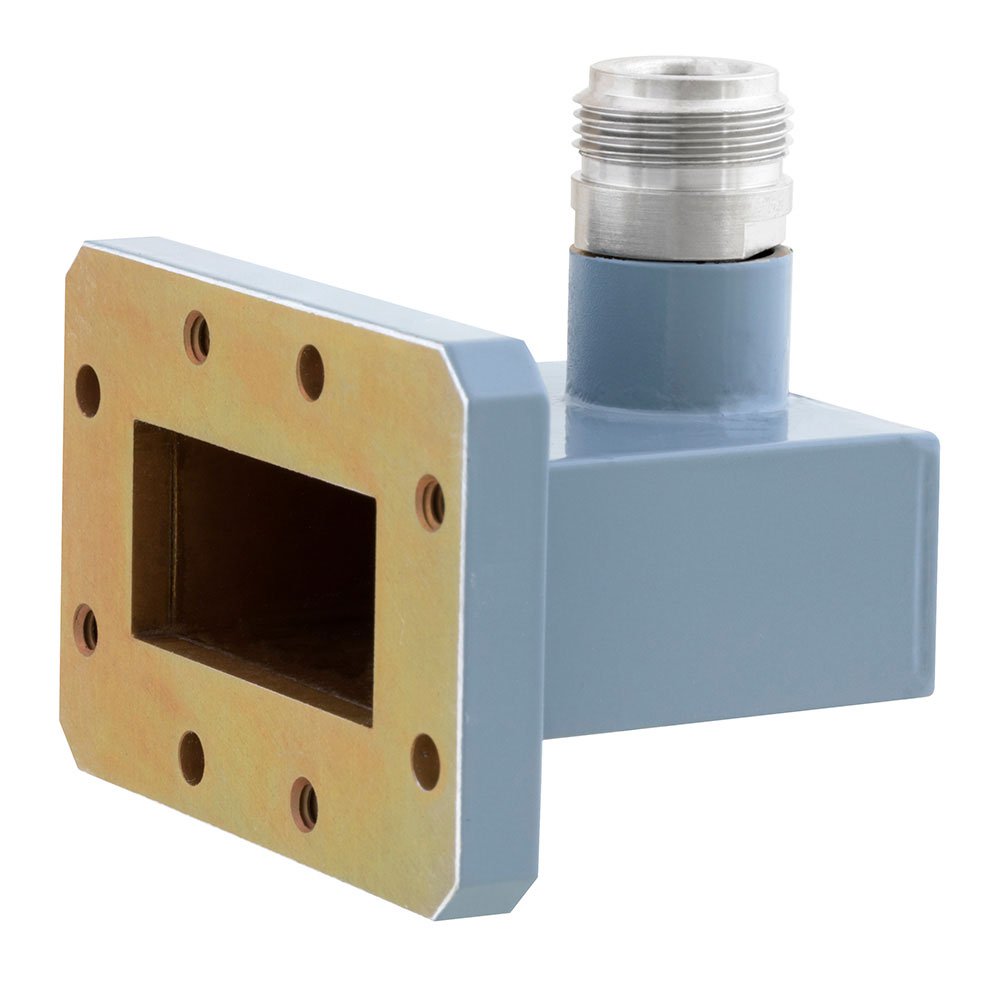SI1591
MATCHING PAD SMA PLUG-TYPE F JAC

RM765/R
MARKER MAGNETS 20MM RED PK10

FMMT1003
DETECTOR SMA PLUG-SMA JACK 4GHZ

SA6-09
FXD ATTN PLUG-JACK SMA SS 1.3

SD3481
DC BLOCK 2.4MM 100MHZ-50GHZ

FMSW6483
EM RELAY SWITCH 40 GHZ 28 V 2.92

FMSW6450
EM RELAY SWITCH 40 GHZ 28 V 2.92


